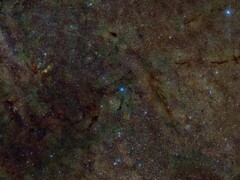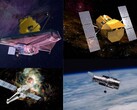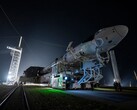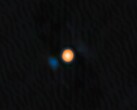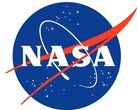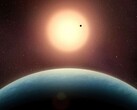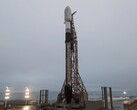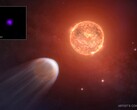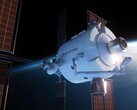An international team of scientists has, for the first time, directly detected sulfur in both its gas and solid phases in the interstellar medium — the gas- and dust-filled space between stars. This breakthrough was made possible by the X-ray Imaging and Spectroscopy Mission (XRISM) satellite.
To detect sulfur, a team of researchers led by Lia Corrales — an assistant professor of astronomy at the University of Michigan in Ann Arbor — studied X-rays from two binary star systems, GX 340+0 and 4U 1630-472. The Resolve instrument aboard XRISM allowed the scientists to measure the energy of the X-rays, revealing sulfur signatures in both gas and solid phases.
While past missions have studied sulfur in space, they have only directly detected it in its gaseous state. Brian Williams, the XRISM project scientist at NASA’s Goddard Space Flight Center in Greenbelt, Maryland, described XRISM’s measurements of space sulfur as “the most detailed yet.”
The solid sulfur detected by XRISM could only be accurately modeled when combined with iron, suggesting the two elements are likely mixed together in space. This finding raises further questions about how elements bond and travel through cosmic environments.
The iron-sulfur model, though needing further studies, isn’t strange; as iron-sulfur compounds are often found in meteorites. Elisa Costantini, a senior astronomer at the Space Research Organization Netherlands and the University of Amsterdam, shared that new sulfur measurements will soon be available to compare with XRISM data.
Sulfur plays a crucial role in the functioning of cells in our bodies. Hence, understanding its distribution in the galaxy holds significant importance. XRISM’s latest discovery is unraveling sulfur’s hiding place in space, providing more insights into the chemical composition of the galaxy we call home.




